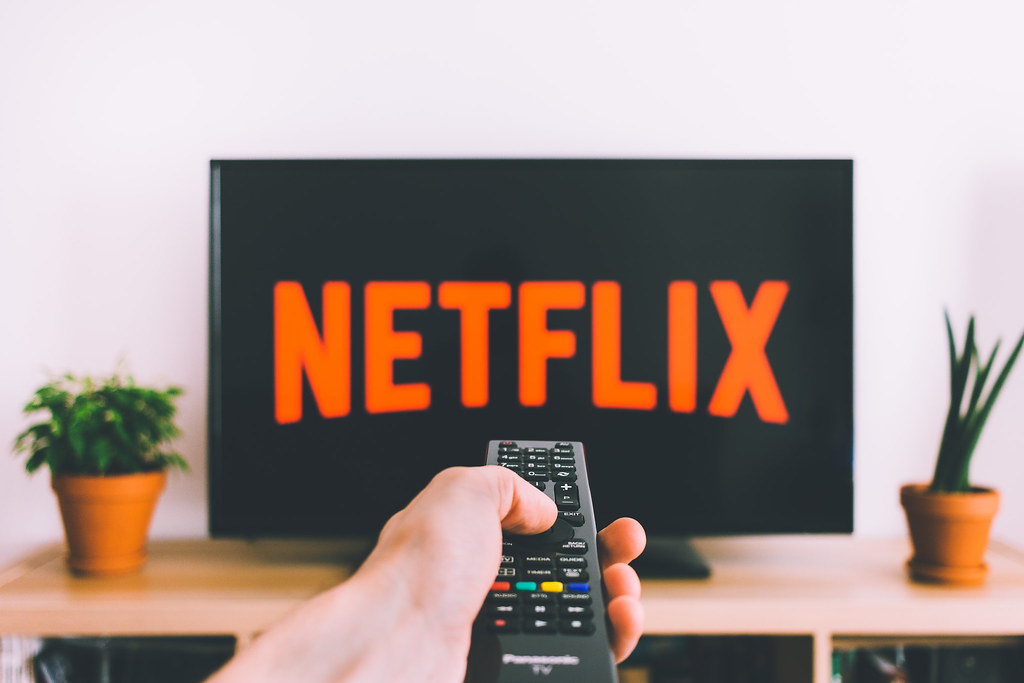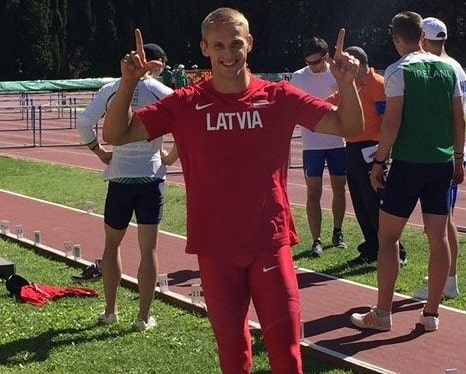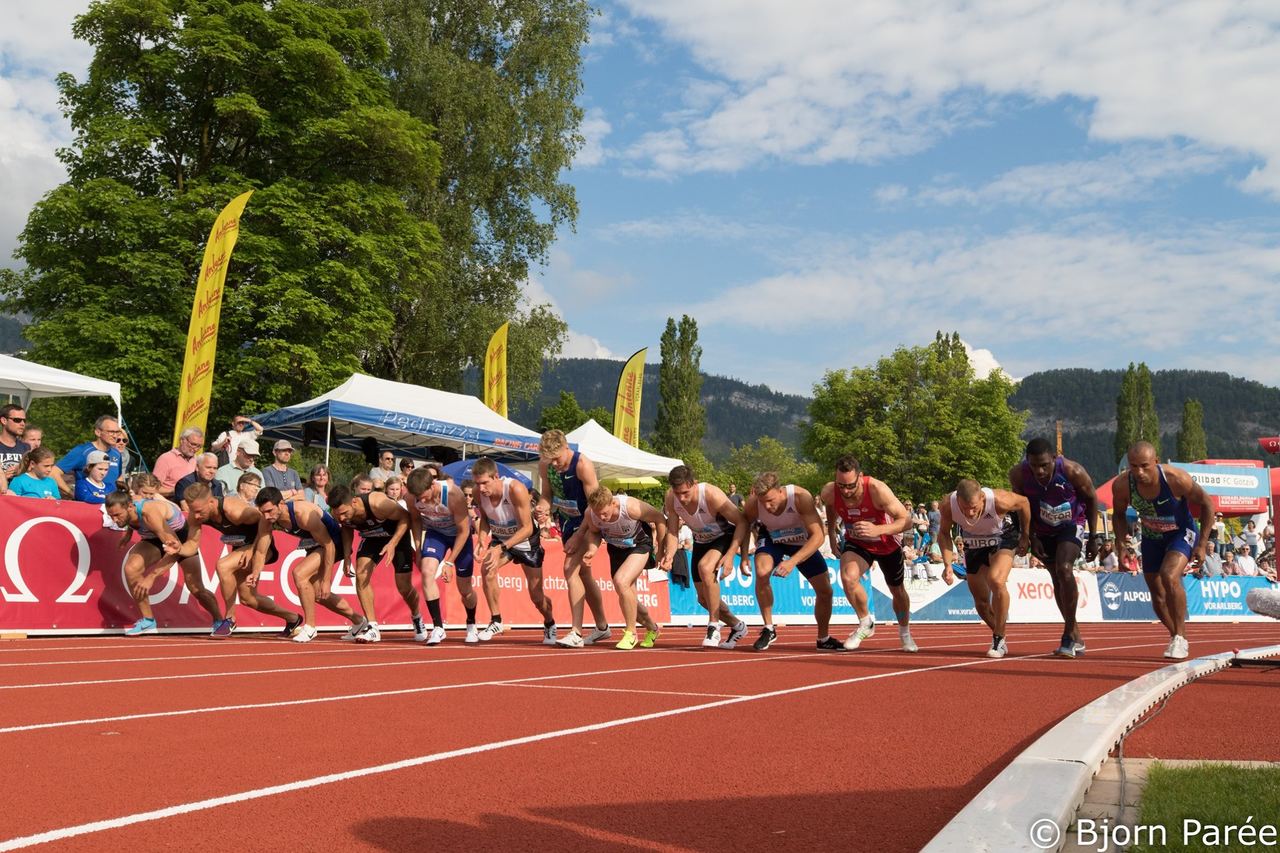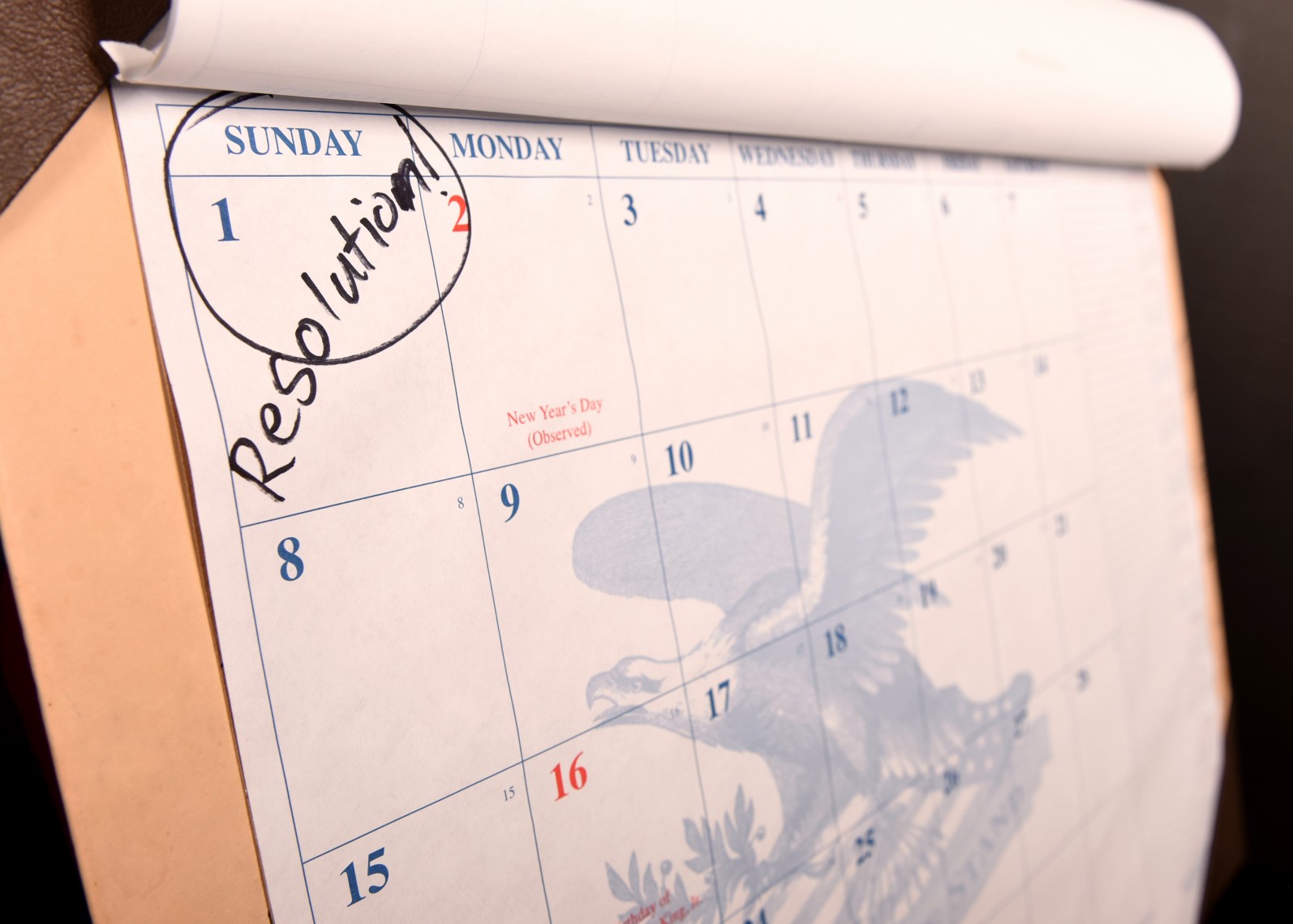Athletes and Off-Days

What is an “off-day”? How does an “off-day” look like, and what kinds are better than others? How many “off-days” should track athletes have per week? One, two, depends or none…?
I will try to unpack all these questions, and hopefully, I can help you establish a solid “off-day” philosophy that would help you or your athletes take full advantage from planned rest days.
What is an “off-day” in track and field?
“Coach is finally giving us a full day off tomorrow. I’m going to sleep and watch Netflix all day. What are your plans?” For those of you who are student-track&field-athletes at any of the American collegiate athletics associations, you will probably resonate the best. The required day-to-day discipline at an American collegiate system for athletes can feel like a prison at times. A day-off may feel like a temporary prison break. The inner spirit of an athlete may scream, “Let me do whatever the hell I want these one or two days per week. And all I want to do is NOTHING. After that, you can have me back.” I’m certain that it applies not only to college-level student-athletes but also high school and professional levels as well.
The default “feeling” for most athletes at the end of a hard training week is “tiredness”. But it’s not the kind of tiredness that would characterize exhaustion. Most athletes are not even close to physical exhaustion at the end of their training weeks. This is rather a tiredness from the same activity and inner frustration of asceticism that limits fun and life exploration. An “off-day” is there to help recuperate and to recover from the training stress to reach new adaptations. On the surface it sounds simple – just rest. But when you scratch the surface, you discover that there are many undiscovered truths regarding rest days that could be effectively applied to the training process and perhaps help you rise to unexpected heights.
Why active rest is better than passive rest?
Active Rest Requires A Plan
When you decide to do absolutely nothing on your off-day, you decide to give up any planning, scheduling and connecting. That’s fine to let it go of tight schedule occasionally, however, what happens when you let it out of control is not fine. Remember that after that totally lazy off day, you will have a workday. The truth is that human physiology doesn’t like rapidly contrasting change. In contrast, it doe enjoy consistency, plans, routines, habits. By planning out an active rest during your off day, you unknowingly do your mind and body a favor of putting it in an environment it enjoys – an environment of consistency in the weekly schedule. If you get up at 7 AM on the training days, then don’t get up at 11 AM on your days-off (unless you are terribly sleep-deprived). That would be a good start.
Two Birds With One Stone
A funny thing often happens when we are given freedom from a training routine – when we think of an off day, we automatically think of pizza, chocolate, ice-cream, caramel lattes or whatever other “cheat foods” we love so much. It’s double-bad if we do absolutely nothing and on top of that binge on “empty calorie” foods. We not only throw ourselves out of a good routine but also add inflammatory and calorically dense foods to our diets. What can we do instead? We can figure out what activities are fun for us that also increase heart rate and promote muscle recovery. That way if we want to get that pizza with friends, we can do it without interrupting a good routine in the weekly schedule or adding unnecessary calories to our diet. Problem solved.
Cross Education
What kind of activities would be best? The ones you enjoy and that help you get carried away to the point where you stop worrying about the problems in your own sport. For example, if you are a javelin thrower, try tennis or squash with friends with a rule that you can only hold the racket in your non-dominant hand. Something amazing happens when we use the opposite side of our bodies. Scientifically, it’s called – Cross Education. Applying cross-education can actually help develop muscles and promote recovery on the opposite part of your body. Have fun with it! (Andrushko, Justin 2018)
The Brain
The brain is a unique organ with unique requirements. Despite its relatively small size (~2% of the bodyweight), the brain accounts for about 20% of the oxygen and, hence, calories consumed by the body. (Raichle, M. E., and D. A. Gusnard, 2002) It means there is a large blood supply to the brain to transport the required fuel. That blood flow is there for a reason. It needs oxygen and nutrients to keep functioning properly. What do you think happens when you give your brain what it loves all week long, and on your off-day, you cut its “oxygen-nutrient shipment” by 80%? Let’s just say – the brain doesn’t like it at all. It may make you feel “down” on your off-day and perhaps in the next few days to come as well.
On the opposite side, when you do engage in a “blood-pump” promoting activity on your off-day, it improves the neuron communication, mood, learning ability, memory and much more. (Charvat, Mylea 2019) By giving your brain a favor on your off-day, it will return that favor perhaps tenfold.
Muscle Recovery
When do we actually get better – is it when we train or when we rest? The truth is that we gain adaptations primarily when we recover from training loads, and not during training itself. In order for rest days to matter, we must create enough muscle damage and other physiological disturbances to create an opportunity for the body to rebuild stronger, faster and more resilient us. In other words, rest doesn’t matter without hard training and hard training without rest don’t produce good results in competition. Then from the muscle recovery perspective, is it better to be still and not waste a single gram of energy and let the body focus all the energy towards healing what’s beat up, or is it better to get up and do some physical activity to get “the pump” going? It might seem counterintuitive at first, but when digging deeper, it makes a lot of sense knowing that any physical activity, especially, cross-body exercises promote blood flow throughout the body. As a result of light to moderate physical activity or “active rest,” your muscles receive more oxygen, more nutrients and they are able to better get rid of the waste products that were created by hard training.
Sleep
Binge-watching TV or binge playing video games may make our eyes feel tired, but it doesn’t make us burn significant number of calories and it doesn’t make our bodies produce the neurotransmitters required to “feel” physically tired enough and therefore we don’t “feel” the need to go to sleep at appropriate time. Nobody needs to be reminded of the importance of sleep for athletes. Light to moderate physical activity will more likely make you feel sleepy at the appropriate time compared to passive resting.
How many “off-days” should you have?
In short words – it depends. It depends on the training cycle you are in, perhaps, on the competition schedule, your health status and the competition calendar. Good coaches are aware of traveling days and they plan training sessions accordingly. Traveling days are often programmed to count as rest days. In the off-season it might be enough to have one active rest per week, however, in-season, often two active rest days are required.
The tension and the opportunity
Active rest is the opposite of how athletes feel most times. Mostly human default is to lay back and do nothing. However, also a risk of overdoing an activity on your “off-days” must be recognized. For some of us, doing nothing might be more challenging than doing something. Rest days should be recovery days for the beat-up parts of your body. Perhaps it involves no hard running or intense jumping, or no sharp throwing and hitting. Muscle physiology is negotiable only to some degree. The body does need time to recover. You must decide how this tension plays out in your training model, and you must decide it in close cooperation with your coach. On your days off it’s important to do something that you enjoy but that is not your sport. You can try an activity that challenges your learning ability, eye coordination, reaction time or simply your ability to be in the moment. Stepping out of the orderly training structure on your “off-days” can bring new desire to pursue your own sport with new levels of passion and joy.
References
Andrushko, Justin W., et al. “Unilateral Strength Training Leads to Muscle-Specific Sparing Effects during Opposite Homologous Limb Immobilization.” Journal of Applied Physiology, vol. 124, no. 4, 2018, pp. 866–876.
Raichle, M. E., and D. A. Gusnard. “Appraising the Brains Energy Budget.” Proceedings of the National Academy of Sciences, vol. 99, no. 16, 2002, pp. 10237–10239.
Charvat, Mylea. “Why Exercise Is Good for Your Brain.” Psychology Today, Sussex Publishers, ww.psychologytoday.com/us/blog/the-fifth-vital-sign/201901/why-exercise-is-good-your-brain.




Comments